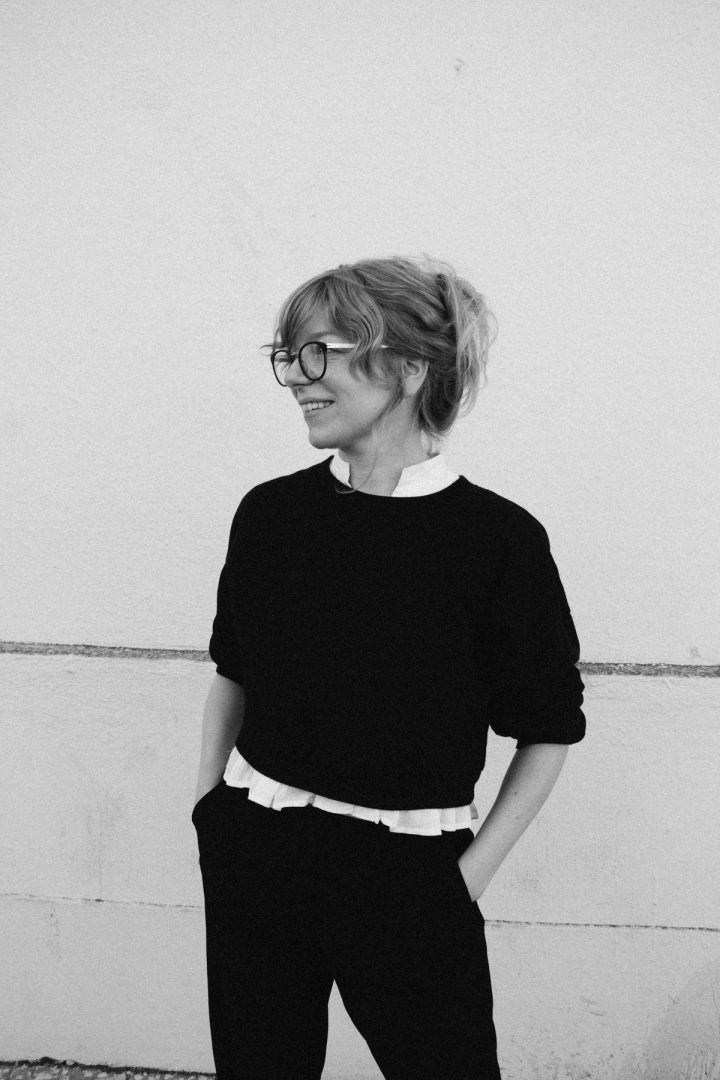
It’s not unusual for visual artists to make commercials—for money, as a day job—and/or as art. But can such a total engagement in mass culture also be an act of resistance? This is the question designer, writer and curator Lauren Mackler set out to answer with “The Conscientious Objector,” a project in parts co-curated with Francesca Bertolotti-Bailey. From February to April of 2018, a quintet of 30-and 60-second spots commissioned from artists like Martine Syms and Mohamed Bourouissa will run on public access television in West Hollywood, as well as other (undisclosed) venues like theaters and museums. “It’s meant to be an interruption,” Mackler says, “like a rip in the matrix.”
“Culturally we have been losing an informed viewership, one that had a criteria and measure for evaluating art” she continues. “The thing about television is that the viewer is well-equipped, highly visually literate, not just with TV shows but ads, video clips... ” People are engaged in the medium; it finds its way into their homes and offices. And even if this artist-made television doesn’t change minds, it will at least serve to blot out the usual grim fare.
Television is just one vehicle for Mackler’s latest project; “The Conscientious Objector” also comprises a print publication (a joint issue of The Serving Library Annual, published in October in conjunction with the artist-run nonprofit Serving Library), and an exhibition at the MAK Center in West Hollywood, featuring work by Sam Gilliam, Anthea Hamilton, Lucy McKenzie, Dianna Molzan and Suki Seokyeong Kang. In keeping with the Hollywood vibe, actors will perform in the show, reading scripts from the publication, and reacting to the works on view as props. In all, the tripartite project exploits the thin line between distraction and entertainment, adding drag to the media system.
Mackler has been staging projects under the Public Fiction name since 2010, when she moved to Los Angeles and opened a project space in a Highland Park storefront. She began with concerts featuring the likes of Lucky Dragons and Julia Holter, as well as “Open Secret,” a series of themed private dinners. In 2011, Mackler launched “The Free Church of Public Fiction”—a rolling sequence of art installations, performances and variously mystic rites that plunged into L.A.’s history as a home for charismatic cults. In 2015, Mackler closed her brick-and-mortar gallery, but continues to stage nomadic projects. The most recent, and the precursor to this winter’s media intervention, was called “A Witness and a Weapon”—the weapon being a Sony Portapack camcorder, circa 1968; the witness being an artist. It showcased video art made for public access channels.
Public Fiction is a flexible brand; it needs to be, to subtitle and frame all of these serial projects, with all their formats and co-conspirators. Back during the “Free Church,” for instance, the word fiction rang like myth. Six years later, the name echoes everything from the comforts of mindless entertainment to the rot of “fake news.” And the antidote, perhaps, would be a renewed sense of public citizenship. Indeed, across all of its shapeshifting iterations, past and future, Public Fiction is interested in the figure of the public intellectual—which, says Mackler, is difficult to place these days.



